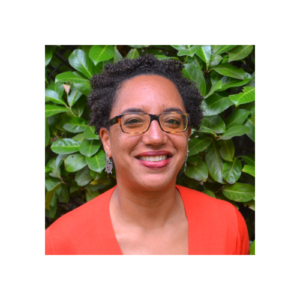Iman Abdulfattah
- Fellowship Dates 2016-2016
- Research Topic A Sultan and His Monument: The Role of the Complex of Qalawun in the Development of Mamluk Architecture
- Fellow or Grant Type Bureau of Educational and Cultural Affairs
- Affiliation Pre-doctoral candidate University of Bonn
Built between 1284-85, the funerary complex of Sultan al-Mansur Qalawun is recognized as the first Cairene monument combining pious, charitable and civic functions within a single edifice from its inception, a feature that left a lasting mark on the cityscape. It is also one of the most splendid and grandiose buildings erected during the Mamluk period (1250-1517) and one of the finest examples of medieval Islamic architecture. Despite being of great historical interest and importance, to date no one has written its complete life history. This lacuna stands in marked contrast to other acknowledged masterpieces of Islamic architecture in Cairo that have been the subject of detailed monographic studies. This research addresses this historical oversight by putting the Sultan’s complex within the context of his patronage program, while highlighting its architectural and decorative achievements, the social function and ritual practices associated with it and its later history. Such a diachronic and interdisciplinary approach prompts current questioning of old material. What are the wider implications of the complex’s impact on Cairene architecture and its legacy on the urban topography of Cairo? Qalawun’s complex consisted of a hospital that was an unequalled charitable institution at the time, a madrasa that taught the four main Sunni legal schools of Islamic law and the first mausoleum built by a sultan for himself in Cairo. The impact of Qalawun’s complex on Mamluk architecture and religious-funerary foundations in Cairo cannot be underestimated. It serves as a bridge between the prototype for this genre of building that evolved in Cairo organically, the precedent it set for later complexes that were preconceived as a complete entity and its influence on the revivalist style adopted by architects in the 19th and 20th centuries. This research contributes to the architectural history of medieval Cairo by offering a synthetic analysis of this important building and its present day meaning and relevancy.
